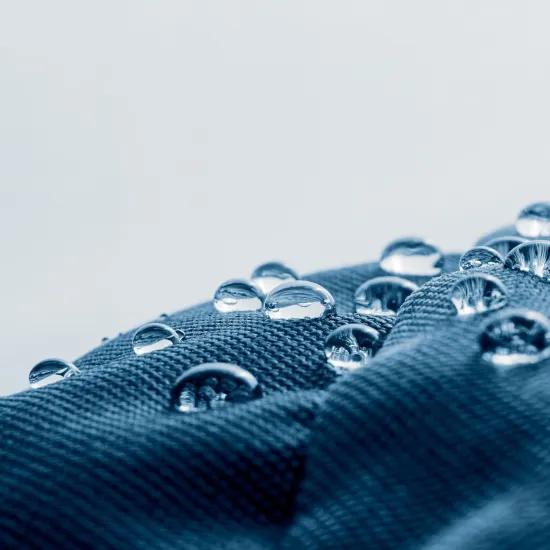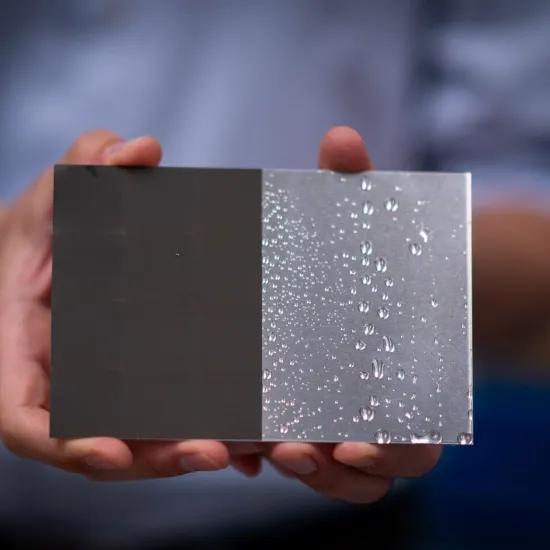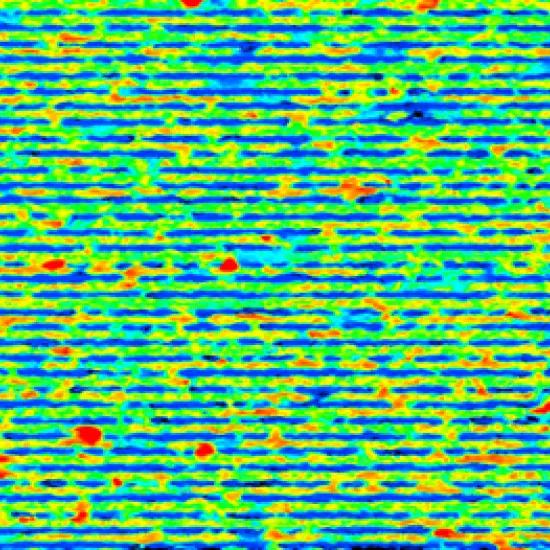Laser engraving is a fast and efficient way to permanently mark all kinds of materials. Laser engraving comes in all shapes and sizes. Colours are also possible. Various techniques and technologies are available for this.
With laser engraving, colours can be obtained by varying the laser parameters. Alternatively, a coating can be lasered away in certain places (see figure on the left). It is also possible to obtain a colour graduation (see middle figure). Such a rainbow effect can be achieved by using a femtosecond laser on a polished metal surface. Here, hardly any material is removed. The laser pulse is tuned in such a way that the material periodically deforms structurally. This is called "Laser Induced Periodic Surface Structures" (LIPSS). The periodicity causes diffraction of the light, creating the rainbow effect.
Femtosecond lasers are ideally suited for making LIPSS, as the short pulse time does not interfere with the forming of the structures. Moreover, this is a fast process, as the laser only has to pass over the surface once and the LIPSS is created at low intensity.
This project was carried out within the framework of the COOCK Surfacescript project.
Top view: left and centre: engraved logo, via coating removal and via femtosecond laser; right: LIPSS under a confocal microscope





